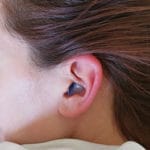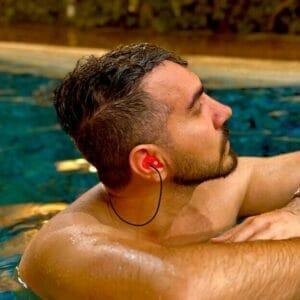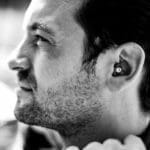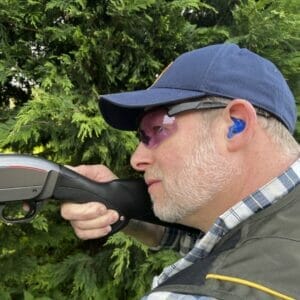Simply stated, hearing protection is a type of personal protective equipment that is used to protect the wearer’s ears from exposure to loud noises. Hearing protection comes in different forms, including ear plugs, ear muffs, and custom-fit ear plugs. It is important to use hearing protection when working in a noisy environment, or when participating in activities that involve loud noises, such as shooting firearms or playing music. If you are looking to purchase hearing protection but are not sure on which type is right for you, you can learn more here.
Health and Safety executives must ensure worker safety as well as compliance with legislation designed to protect employees within the workplace. The Control of Noise at Work Regulations 2005 (UK) states that all employers have a duty to protect workers from excessive exposure to noise, with a number of steps and guidelines in place to reduce the risks. With over one million workers in the UK exposed to levels of noise that put their hearing at risk, and around 17% suffering hearing loss, tinnitus or other hearing-related conditions as a result of exposure to excessive noise at work (IOSH), the need to protect employee’s ears is of upmost importance in noisy work environments.
There are a number of measures that you can take to prevent noise induced hearing loss (NIHL) in the workplace, including the use of hearing protection. Having hearing protection not only ensures no legal action can be taken against you, it also means that your employees health and safety needs are met and the longevity of their hearing. It should also be noted that noisy work environments are not just in the ‘industrial’ workplace setting. The workplace can be music events, sporting events, outside in the forest. Any working environment which exposes ears to loud noises needs to address this issue and ensure safety measures in place.
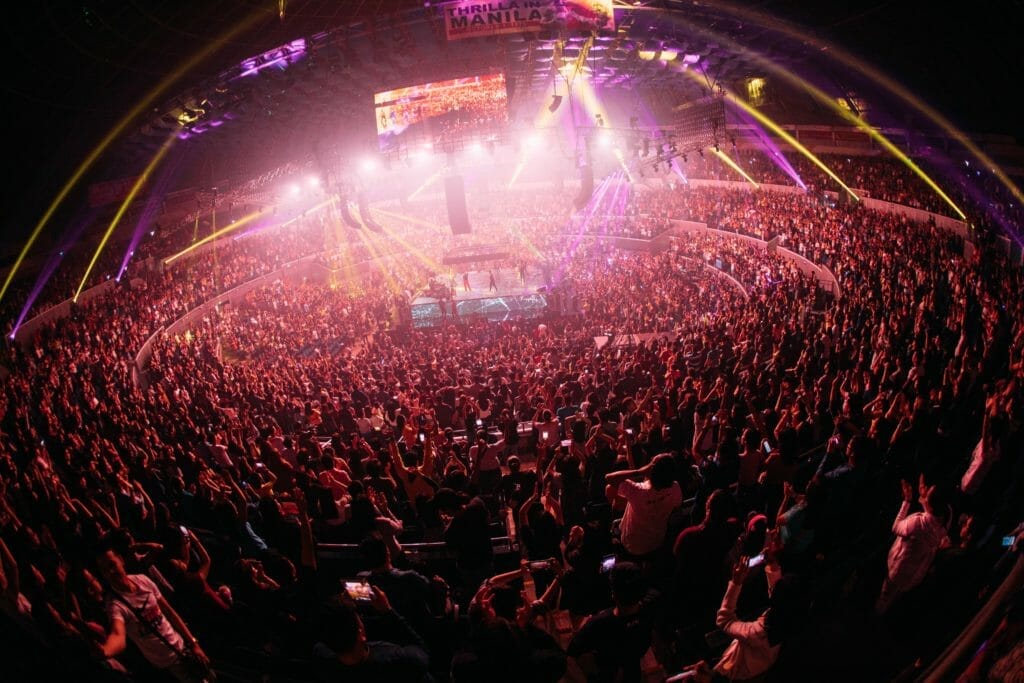
We are looking at noise induced hearing loss and what steps can be taken in the workplace to prevent it below.
What is noise induced hearing loss?
NIHL is a form of ear damage which limits your ability to hear high frequency sounds and understand speech; this can seriously impair your ability to communicate. It is caused by exposure to loud noise, which in the work environment could be the continuous background noise or from a sudden loud noise, such as a machine for instance. NIHL is considered the 15th most serious health problem in the world and is a global occupational health hazard. Exposure to loud noise from all sources accounts for about 20% of adult-onset hearing loss, while 16% of the disabling hearing loss in adults is attributed to occupational noise (IOSH).
NIHL can have an impact on both employees work and social life. It can lead to stress and have a negative impact on mental wellbeing. It comes as no surprise therefore that NIHL is the second most common reason for employers’ liability insurance claims for occupational health. Being aware of it and supplying the correct PPE to prevent it is therefore fundamental.
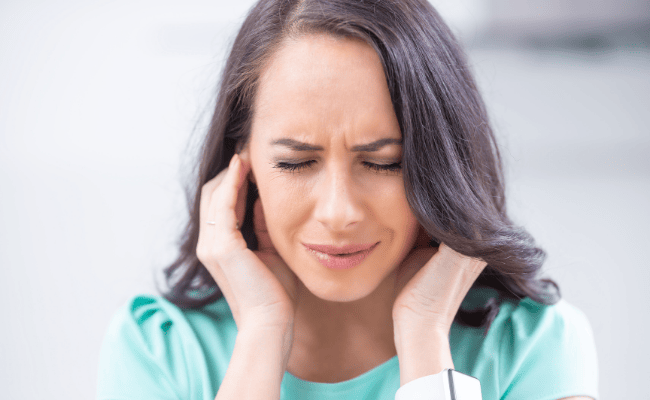
Noise – how loud can it be?
In the UK workplace, noise regulations require you to take specific action at certain action values. These relate to the average level of exposure over a working day or week and; the maximum noise (peak sound pressure) to which employees are exposed in a working day.
You can read more on the specific action values here
There are levels of noise exposure which must not be exceeded. These are called exposure limit values:
§ daily or weekly exposure of 87 dB(A)
§ peak sound pressure of 140 dB(C)
What Health & Safety measures can be put in place to prevent NIHL?
If your workplace is noisy, it is a legal requirement to ensure that you have measures in place to keep your employees safe. Below are some measures which you can follow:
1. Identify the loud noises and areas which are above the safe exposure levels. Several sound-measuring instruments are available to measure the noise levels in a workspace. These include sound level meters, noise dosimeters, and octave band analysers.
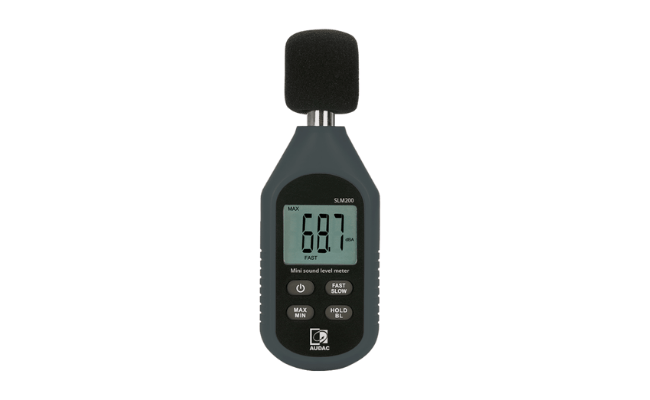
2. Ensure relevant signs are in place advising staff of risk areas and where PPE must be worn
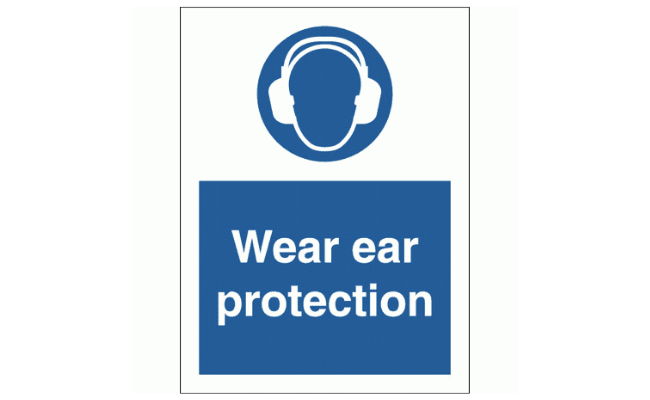
3. Provide the quietest machinery that will do the job
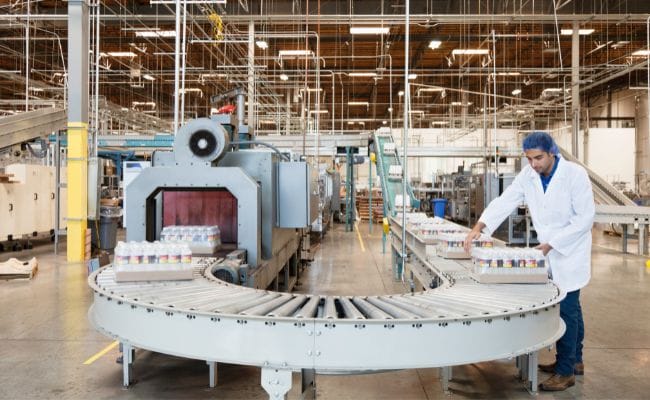
4. Supply ear protection and provide training on how to fit them correctly
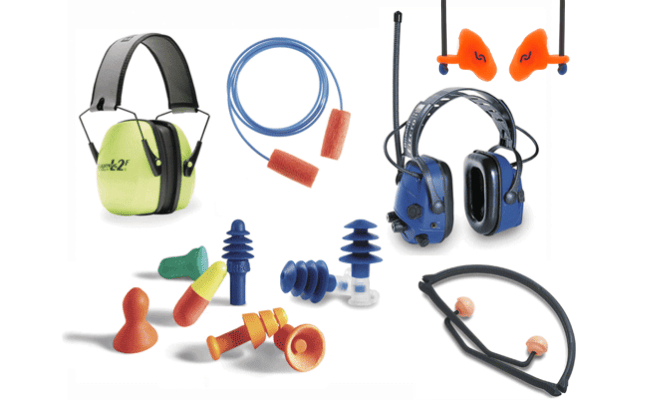
Earplugs in the workplace
There are a number of hearing protection products available for the workplace, ranging from foamy earplugs, to ear defenders and custom moulded hearing protection.Custom earplugs are a good choice for workplaces that generate moderate levels of noise. They are made to fit the user’s individual ears, which makes them more comfortable than other types of earplugs, and so reduces the likelihood of an employee removing them during their shift.
SnugsShield hearing protection are supplied with an attenuated filter which allows you to still hear, but protect your ears; this is important to enable workers to hear warning signals and conversations. You can read our article here on how to choose the best type of hearing protection for the workplace.

To summarise, noise induced hearing loss is a global problem, but is an avoidable one if the correct measures are in place. It is the role of Health & Safety Executives to ensure that the workplace is a safe working environment, correct PPE is used and that legally a company is complaint with noise regulations. Otherwise, it can become costly to the employer from both legal fees as well as reputation.



